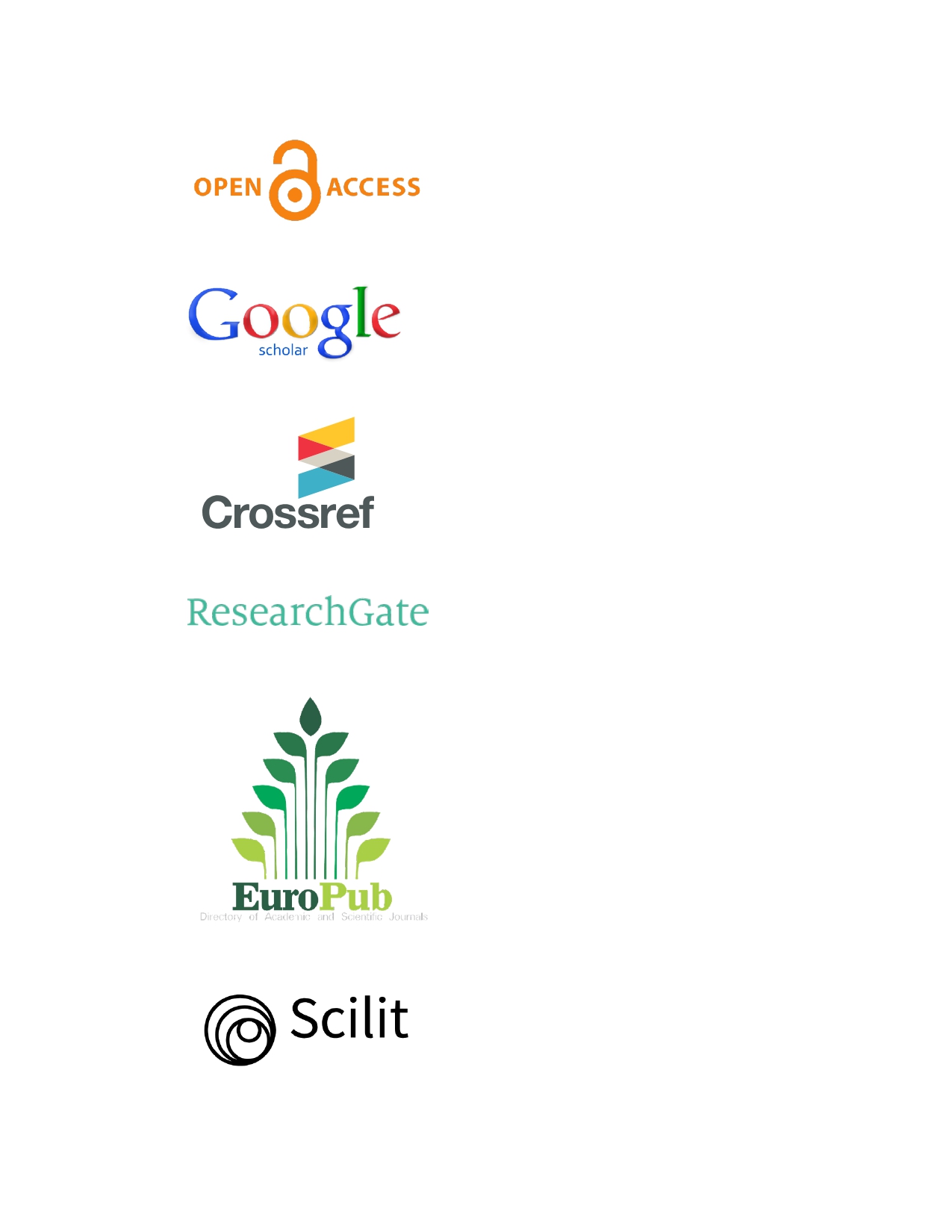The Interface Between Self-Determination Attributes and Inclusion: A Cross-Sectional Survey of Secondary School Students in Uganda
Keywords:
Self-determination, Attributes, InclusionAbstract
This study examined the interface between self-determination attributes and inclusion in secondary education in Uganda. We examined the interface between the attributes of self-determination (perceived autonomy, Competence and relatedness) and inclusion of learners with and without special educational needs in secondary education. Data was collected using closed ended self-administered questionnaires from 309 students. Data was analyzed using statistical package for social scientist (SPSS) version 25.0. Results showed that there was a moderate positive statistically significant relationship between self-determination attributes and inclusion (r=. 409, P<0.01). The table also shows that all the attributes of self-determination had a moderate positive statistically significant relationship with inclusion; Perceived autonomy satisfaction (r=. 318, P<0.01), Perceived competence satisfaction (r=. 346, P<0.01) and Perceived Relatedness satisfaction (r=. 336,P<0.01). This implies that there is a positive interface between all the attributes of self-determination and inclusion of learners in secondary education in Uganda. Results of multiple regression analysis show that 57% of the variance on inclusion could be attributed to the elements of self-determination namely; perceived autonomy satisfaction (P=. 002 B=. 523 t=2.263), Perceived competence satisfaction (P=. 007 B=. 563 t= 2.263) and Perceived Relatedness satisfaction (P=. 004 B=. 693 t= 2.692). The above results show that perceived autonomy satisfaction and perceived relatedness satisfaction were the only statistically significant predictors of inclusion. Interventions aimed at improving inclusion should therefore emphasize development of autonomy and relatedness as psycho-educational interventions.
Downloads
Published
How to Cite
Issue
Section
License
Copyright (c) 2024 George Opio, Denis Thaddeus Ofoyuru, Catherine. A. Odora Hoppers

This work is licensed under a Creative Commons Attribution 4.0 International License.






